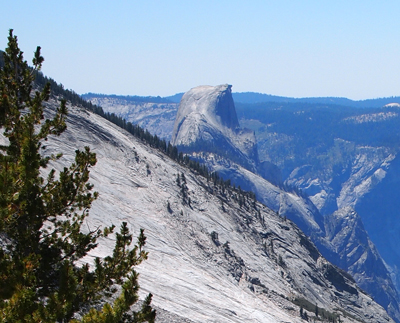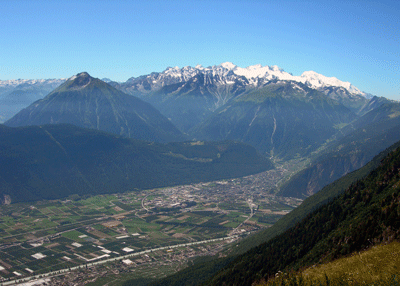Lazed and Diffused: Untangling Noble Gas Thermochronometry Data for Exhumation Rates
Thermochronometric data can record the thermal history of rocks as they cool from high temperatures at depth to lower temperatures at the surface. This provides a unique perspective on the tectonic processes that form topography and the erosional processes that destroy it. However, quantitatively interpreting such data is a challenge because multiple models can do an equally good job at reproducing the data. In this article, we describe how inverse modeling can be used to improve quantitative interpretations of noble gas thermochronometric data on a variety of scales, ranging from mountain belts to individual mineral grains.
Lazed and Diffused: Untangling Noble Gas Thermochronometry Data for Exhumation Rates Read More »



